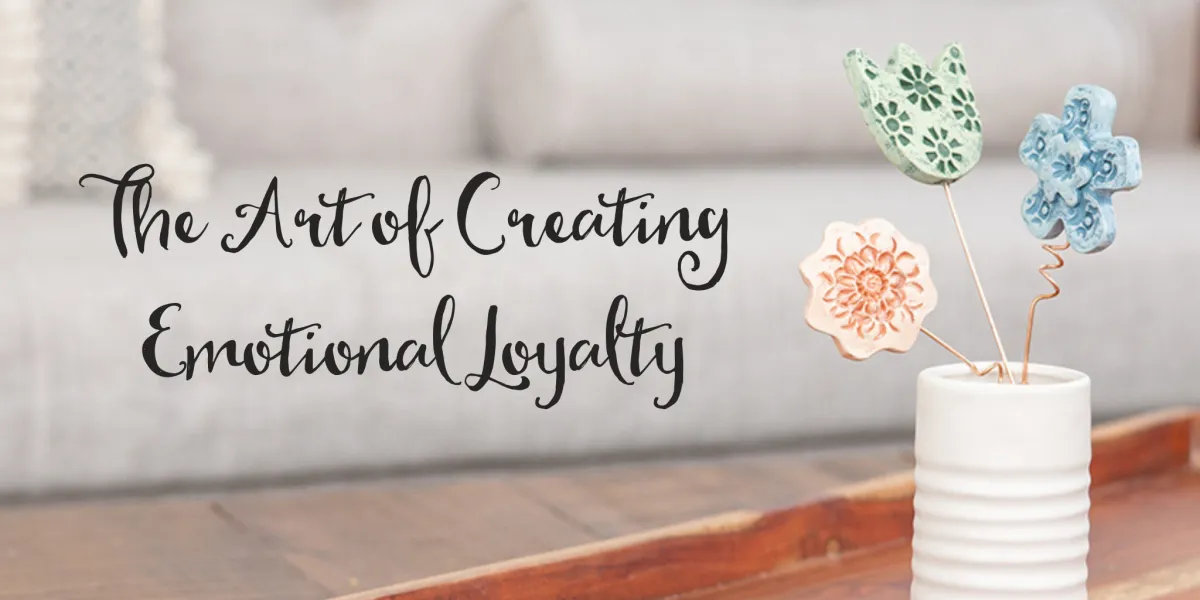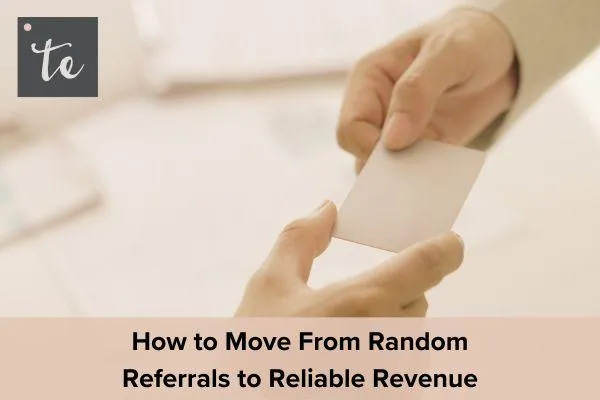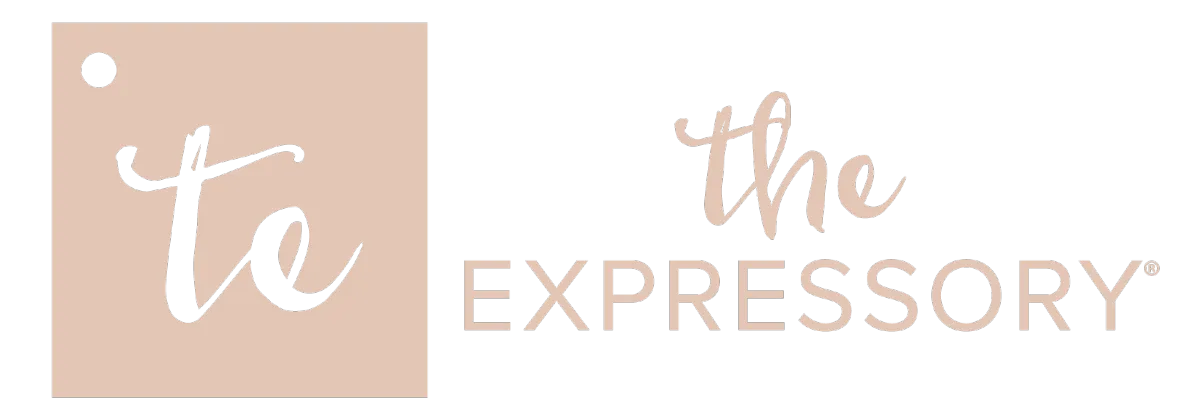
What Swimming Teaches Us About Team Relationships
In my latest video, I break down how swimming teaches us the importance of these relationship-building efforts and the specifics of what we as leaders need to nurture with our teams.
Holiday Gift Insights - What Everyone Else Is Doing
In an effort to simplify the decision-making process, we're sharing some of the trends we've seen with gifting over the years. We're even sharing our best seller and why that gift had such success.
What Makes A Successful Holiday Gift? The Travel Bag Edition
Last year we had the opportunity to work with one of our clients in the travel and tourism space to design an experience that delivered their highest engagement yet.

How to Move From Random Referrals to Reliable Revenue
One of the most familiar challenges we see when we talk with business owners is that they rely heavily on inbound business leads. But they don’t see it as a challenge. It’s usually shared with pride that they’ve been able to grow their business through referrals or leads finding them. What they overlook is how much they are leaving to chance, rather than a systematic approach to business growth.
When sharing this challenge with a colleague, he confirmed that I was not alone in encountering so many businesses with no business development strategy. Craig Lowder is the CEO of Mainspring Selling Group. He is a lead conversion specialist, better known as the smooth selling forever guy, who works with small business owners and trusted advisors to generate new, right-fit clients.
Lowder was quick to tell me about the first pain points he often discovers when working with new clients and prospects. He said, “They lack a system for generating new client opportunities and they lack a cadence around connecting and reconnecting with their target audience.”
This lack of structure often leads to a reactive approach to business development. One that we’re probably all guilty of experiencing a time or two. Which is why I asked Lowder to take time to share his process for helping clients create systems for consistently delivering new business.
Creating a Compass for Your Business Development
To tackle the challenge, Lowder has spent years developing a trademarked system that he calls the “Connector Compass.” This system is all about having a focused approach to generating referrals and strengthening your network so that you’re not, in his words, “… Just waiting for the referrals to come in and then all of a sudden business dries up.’
Here’s how it works:
Start by understanding what you expect from a connector relationship. This involves clearly defining the mutual benefits and the roles each party will play. Lowder emphasizes that "win-win outcomes for all" are essential because "anything less is simply not good enough."
Next, pinpoint the types of professionals who have a strong presence within your target audience. At The Expressory, we define these as your strategic partners. What are the other types of businesses that serve your ideal clients? Create a list of these categories of companies.
Look back over the last six months and name how each of those new clients came to you. “You’re going to see all of sudden patterns start to emerge,” says Lowder. This will help you understand which categories of connectors have been most effective.
Next go through and find the business names that you want to partner with. He suggests that you limit the list of companies within those categories to “no more than two or three individuals in each category” to effectively manage the relationship.
Once you have the company names, you also want to name a contact. We tell our clients that it’s not enough to have the basic company information. You also want to have a specific contact name. Chances are, there is usually one role that you frequently connect with at each category of company. Find the person in that role.
From this point, you’ll want to establish a cadence for connecting with these contacts. Regular follow-ups are essential to keeping strong relationships. At The Expressory, we suggest a touchpoint every six to eight weeks. You need to stay in front of these connections in a way that shows them you care about the relationship and want to see them succeed.
Personalizing your engagement with connectors is key. Lowder suggests tailoring your follow-ups based on the individual’s preferences and interests. This could be as simple as sending an article you think they’d find interesting or inviting them to an event they might benefit from.
Make sure that you regularly assess your Connector Compass to ensure it is effective and complete. Define what success looks like for your business development efforts. This could be a specific number of new clients per month or a certain percentage increase in referrals. Adjust as needed to keep your approach fresh and relevant.
Why a Relationship Nurturing System Matters
Having a system in place is crucial because it transforms random acts of networking into a strategic, repeatable process. Studies have shown that systematic approaches to business development can lead to higher lead conversion rates and shorter sales cycles. According to a study by Harvard Business Review, businesses with a structured approach to sales can see up to a 28% increase in revenue.
Lowder tells me his Connector Compass™ has proven successful for professionals. But he emphasizes the importance of mutual benefit. It’s about providing value and showing genuine interest in your connectors’ success. Remember what we’ve shared in the past about the foundation of a lasting relationship – showing your connection that you understand them, validating what’s important in their world, and showing that you care. Bring those efforts into your nurturing process and you’re sure to develop the kind of relationships that are powerful for both parties.
If you get stuck creating your list of connectors (or strategic partners) feel free to bring your questions to an upcoming Q&A. Our community offers a great platform to talk through this strategy and help get you moving forward with your efforts to build those relationships.
Address:
1500 S. Sylvania Ave #106
Sturtevant WI 53177
Phone:
414.243.8971

